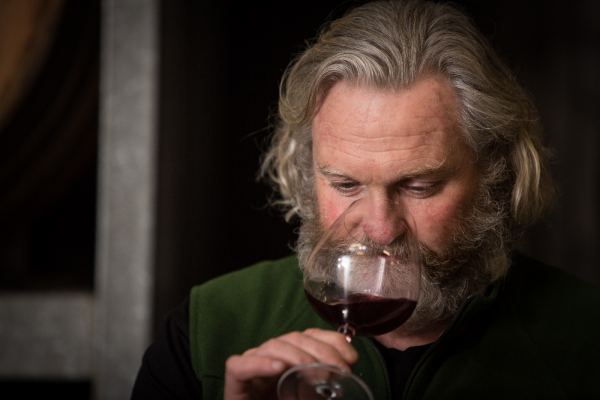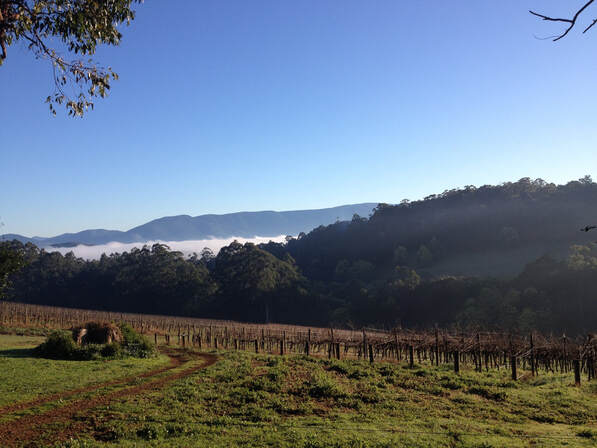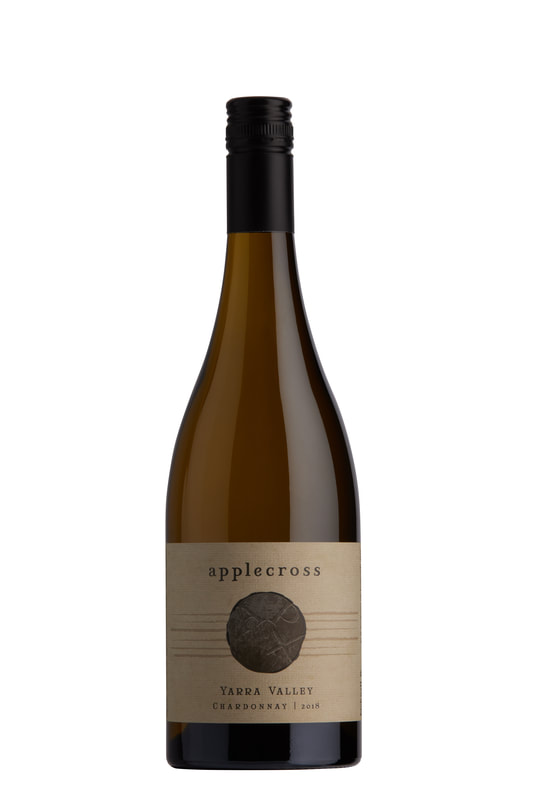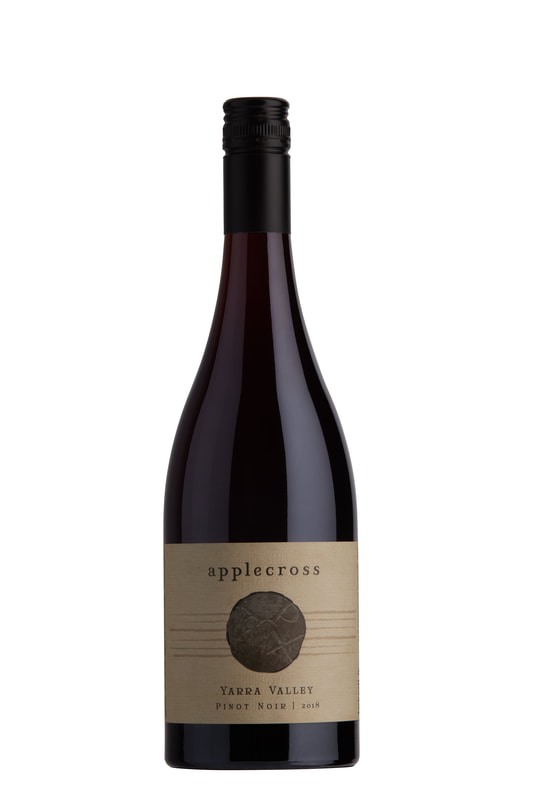Bicknell FC - Applecross
Yarra Valley, Victoria
Winemakers: David Bicknell & Nicky Harris
David Bicknell needs little introduction in Australian wine circles having worked for many years at de Bortoli and now at Oakridge where he was named Gourmet Traveller WINE Magazine, Winemaker of the Year in 2017.
Bicknell FC is a family winemaking project of Dave Bicknell and Nicky Harris. The project started with making random wines from interesting sites and, as they've moved through the years, getting their eye in, so to speak, they have settled into the good fortune of leasing one of those interesting sites.
The Chardonnay & Pinot Noir currently available are from Val Stewart’s vineyard at the top of the hill in Gladysdale. There is 1.0 Ha of chardonnay and 1.5 Ha of pinot noir. It was planted in 1988 with 3,660 plants/Ha, and sits between 332-363m ASL, in red volcanic soil.
Bicknell FC is a family winemaking project of Dave Bicknell and Nicky Harris. The project started with making random wines from interesting sites and, as they've moved through the years, getting their eye in, so to speak, they have settled into the good fortune of leasing one of those interesting sites.
The Chardonnay & Pinot Noir currently available are from Val Stewart’s vineyard at the top of the hill in Gladysdale. There is 1.0 Ha of chardonnay and 1.5 Ha of pinot noir. It was planted in 1988 with 3,660 plants/Ha, and sits between 332-363m ASL, in red volcanic soil.
Current Release:
2021 Bicknell FC ‘Applecross’ Chardonnay 96 Points | Halliday
From a 330m elevation vineyard in the Upper Yarra. Whole-bunched pressed to older puncheons. Natural fermentation and no MLF. A touch riper and more concentrated than last year's version. Aromas of red apples and just-ripened orchard fruits with a little flint. Fans out nicely on the palate. Gently savoury and with a touch of grip on the long, saline finish.
2021 Bicknell FC ‘Applecross’ Pinot Noir 96 Points | Halliday
Partial whole-bunch fermentation (20%) and three days on skins before maturation in older French oak. A bright, light–medium crimson red. From a great year, there's an extra degree of oomph in the 2021 pinot compared to ’20. Strawberries, redcurrant and a little whole-bunch derived rose petal lead onto the palate, which is ripe, bright, crunchy and long. An excellent effort from this very cool Upper Yarra site.
2021 Bicknell FC ‘Applecross’ Chardonnay 96 Points | Halliday
From a 330m elevation vineyard in the Upper Yarra. Whole-bunched pressed to older puncheons. Natural fermentation and no MLF. A touch riper and more concentrated than last year's version. Aromas of red apples and just-ripened orchard fruits with a little flint. Fans out nicely on the palate. Gently savoury and with a touch of grip on the long, saline finish.
2021 Bicknell FC ‘Applecross’ Pinot Noir 96 Points | Halliday
Partial whole-bunch fermentation (20%) and three days on skins before maturation in older French oak. A bright, light–medium crimson red. From a great year, there's an extra degree of oomph in the 2021 pinot compared to ’20. Strawberries, redcurrant and a little whole-bunch derived rose petal lead onto the palate, which is ripe, bright, crunchy and long. An excellent effort from this very cool Upper Yarra site.




